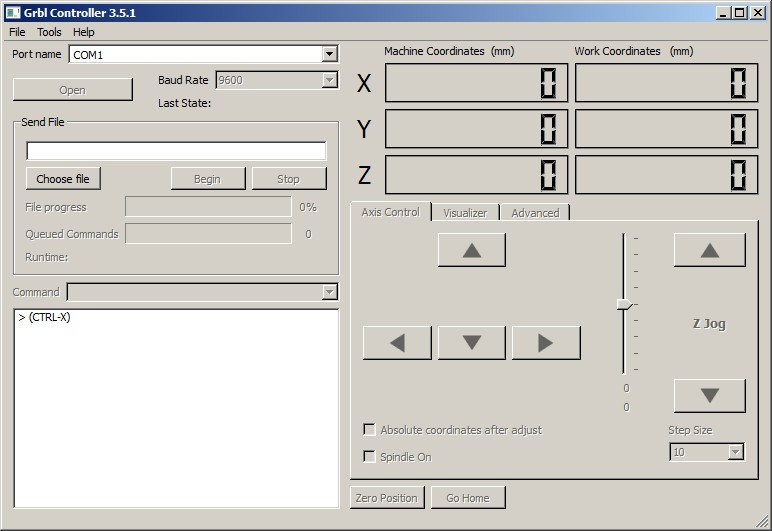
This paper describes the design concepts and development outline Part I of the paper provides the theoretical issues of the above approach, while Part II applies it to the handwriting task and provides extensive simulation results that support the theoretical expectations. When fatigue starts, the human-like performance is achieved by engaging more the joints (motors) that are less fatigued, as does the human arm. The actuator fatigue is represented by the so-called “virtual fatigue” (VF) concept. In the absence of the fatigue, the human-like performance is achieved by using the partitioning of the robot joints into “smooth” and “accelerated” ones (called distributed positioning-DP). the smooth (low accelerated) component and the fast (accelerated) component, and (iii) the fatigue of the motors (actuators) of the robot joints. The analysis involves three issues: (i) the resolution of the inverse kinematics problem of redundant robots, (ii) the separation of the end-effector's motion into two components, i.e. This two-part paper is concerned with the analysis and achievement of human-like behavior by robot arms (manipulators). Systamizing of objects in automation industries could be consummated by this trajectory. And finally, the main objective that is the interface between these two modules such that the real robot echoing the movements or changes made in the stimulation part is achieved with the creation of rosnode that converts the rotation into steps necessary to move the robotic arm as desired. Controlling deals with the coupling of Arduino Mega 2560 along with a RAMPS 1.4 and the stepper motors. Simulation of the robot involves the creation of URDF file of the moveo using solidworks. Initially beginning with the construction of the robotic arm, the proposed idea deals with stimulating, controlling the real robot and the interface between these two. Here, It is made to perform as a powerful equipment reconnoitering multiplex actions. An open source moveo which is an open design is being stimulated.

#Ecut 6 grbl code#
Though substantially demandable Computer Numerical Control (CNC) programming constituting g code and m code for controlling, starting, stopping of robots is used as a procedural instruction for 3D printing it lacks in the domain of feedback control. Over the horizon of automation and robotics, the designing of an economically efficient robot with multiple features via an open source tool becomes immensely important and greatly valid.


 0 kommentar(er)
0 kommentar(er)
